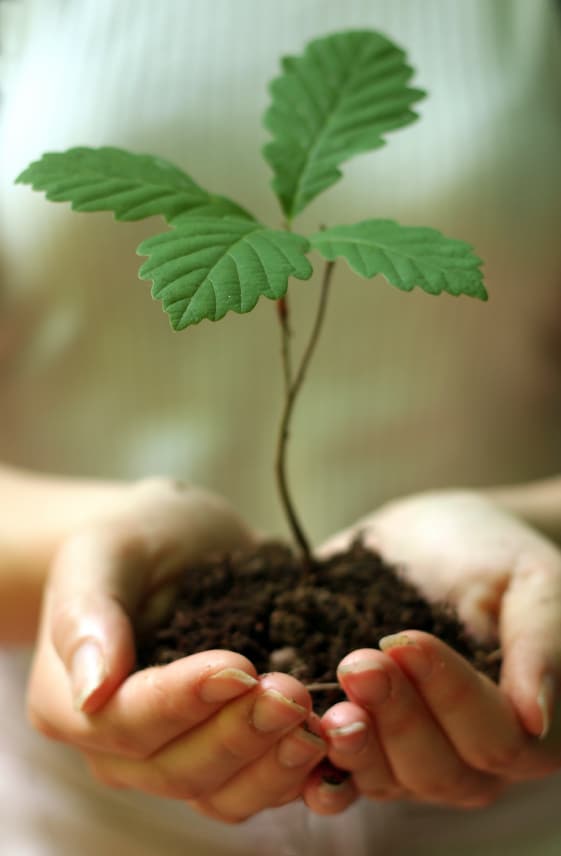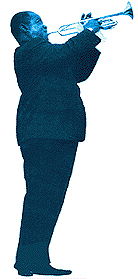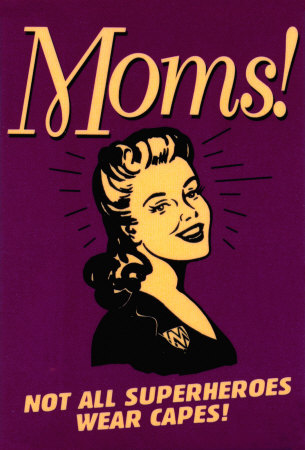An article by Tali Sharot in Time Magazine describes research on the human bias toward optimism. The study shows that when people are asked about the future, they tend to assume that things will turn out better than they actually do.
That positive attitude is crucial to creativity. As the author of the study points out, if we were pessimists, we'd still be living in caves. Doing anything for the first time, let alone anything truly new, requires confidence that you can achieve it.
On the other hand, the optimism bias can lead us to take foolish risks, like running up our credit card balance or accepting a bad deal on a mortgage. Without critical thinking, life would be a string of disorganized experiments, leading nowhere.
Creativity harnesses the optimism bias, but it also needs to put our expertise to work. The trick is to do so without shutting your creativity down. The five-step creative process achieves that balance across two phases: an open phase in which you delay your critical thinking, and a (partially) closed phase, in which you apply your expertise to critique your idea.
As we've said before, being creative uses the whole person. Love your optimism and your expertise. Both will lead you to success.
That positive attitude is crucial to creativity. As the author of the study points out, if we were pessimists, we'd still be living in caves. Doing anything for the first time, let alone anything truly new, requires confidence that you can achieve it.
On the other hand, the optimism bias can lead us to take foolish risks, like running up our credit card balance or accepting a bad deal on a mortgage. Without critical thinking, life would be a string of disorganized experiments, leading nowhere.
Creativity harnesses the optimism bias, but it also needs to put our expertise to work. The trick is to do so without shutting your creativity down. The five-step creative process achieves that balance across two phases: an open phase in which you delay your critical thinking, and a (partially) closed phase, in which you apply your expertise to critique your idea.
As we've said before, being creative uses the whole person. Love your optimism and your expertise. Both will lead you to success.























